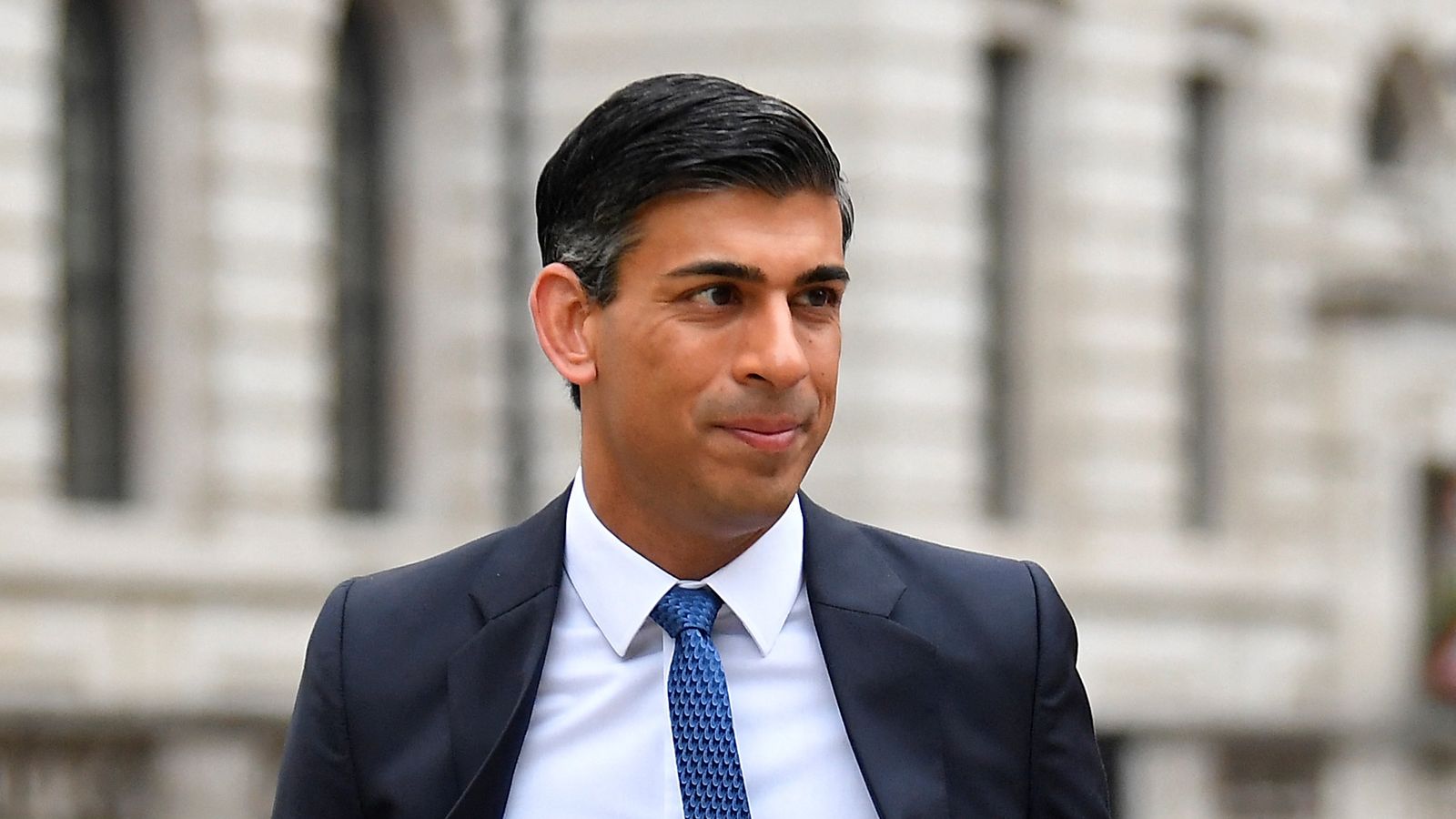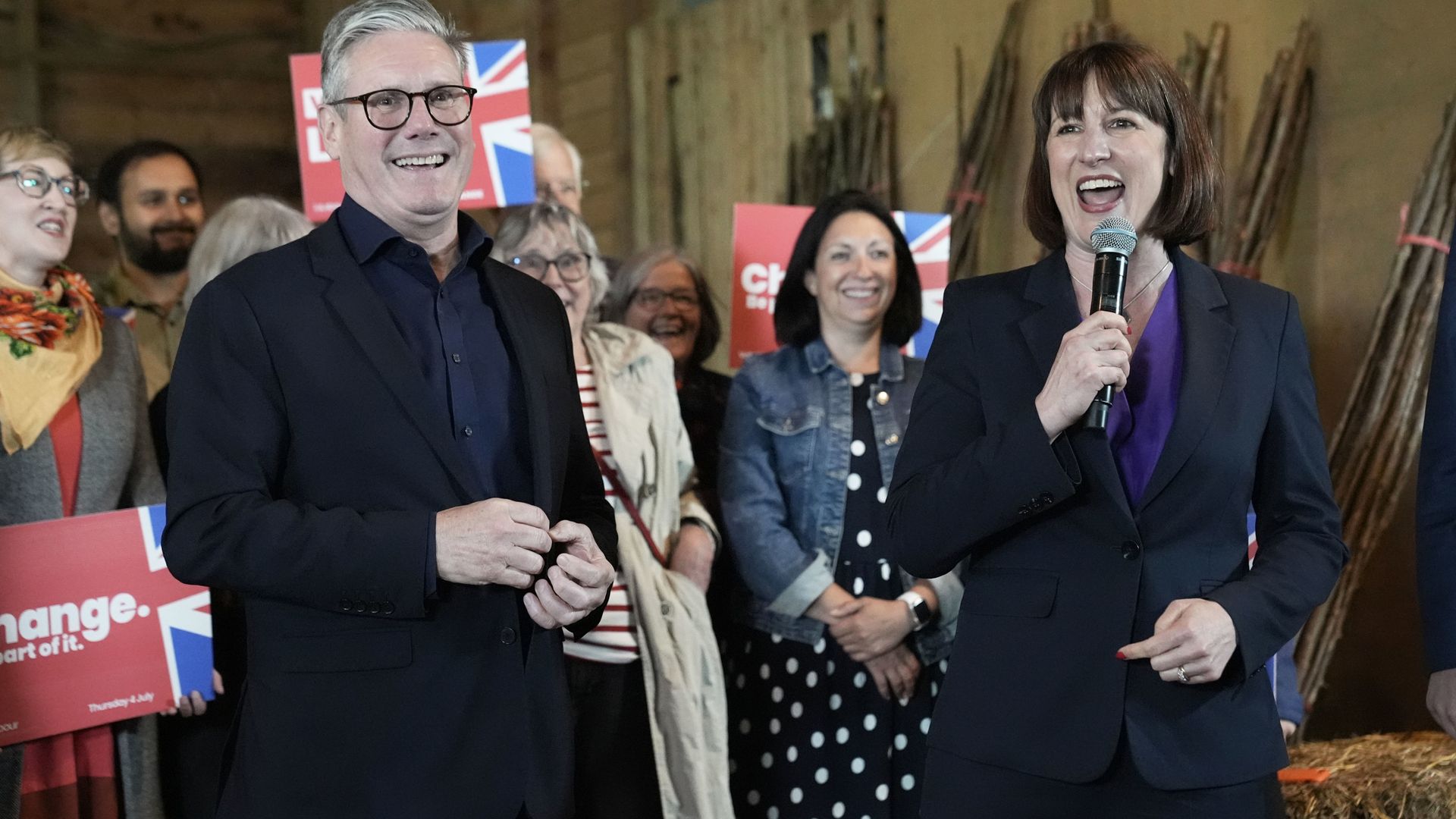Government borrowing was £18.6bn last month – down by £5.6bn from a year ago, but the fourth-highest April figure since records began in 1993.
Despite the fall, borrowing was still £7.9bn higher than in April 2019 – the last April before the coronavirus pandemic, the Office for National Statistics said.
The figures include £3bn for the council tax rebate, which gave £150 to households in some bands to help people cope with the rising cost of living.
But it is also estimated that the 1.25 percentage point rise in national insurance, which came in from April, will bring in around £18bn this financial year.
Chancellor Rishi Sunak said: “While we are doing what we can to help families deal with rising prices, inflation is also pushing up our spending on debt interest – which is expected to reach £83bn this year.
“We must take a balanced and responsible approach to support people now, while also not burdening future generations, and we’re on track to drive public debt down by 2024-25.
Cost of living: Energy price cap expected to rise by £830 to £2,800 in October, says Ofgem chief
Cost of living: What is the energy price cap and why are bills rising so sharply?
Cost of living latest: UK ‘heading into unprecedented territory’ as energy price cap to rise to £2,800 in October
“We’re also making sure every penny of hard-earned taxpayer money is being spent on our world leading public services, including by setting up the Public Sector Fraud Authority to clamp down on criminals and the Efficiencies and Value for Money Committee to drive efficiencies across government.”
Borrowing has been revised down by £7.2bn for the financial year to the end of March 2022 to £144.6bn, but it will still be the third-highest on record in a financial year.
Interest payments on the government’s borrowing reached £4.4bn – but this is likely to rise in the coming months because of soaring inflation.
‘The good fortune may run its course in the coming months’
Michal Stelmach, senior economist at KPMG UK, said: “Public sector net borrowing continued to improve in April, coming in £5.6bn lower than a year ago.
“The latest increase in national insurance, which kicked in last month, boosted receipts by £1.4bn relative to the previous year.
“Meanwhile, central government spending on procurement, which includes the NHS Test and Trace programme and the cost of vaccines, fell to its lowest level since August 2021 as free testing was phased out and the vaccine rollout matured.
“However, the good fortune for the Exchequer is likely to run its course in the coming months as the economic outlook worsens and the cost of living crisis intensifies.
Read more:
What is a windfall tax, how much do oil companies already pay, and has the UK tried it before?
Why some countries have lower energy bills than the UK
“A more persistent hit to household disposable incomes may prompt the government to step in and provide additional support, which would result in higher spending.
“The cost of servicing debt remained elevated on a 12-month rolling basis against the backdrop of higher inflation, rising interest rates, and quantitative tightening, which reduces the share of debt financed at a more favourable rate.
“Following the latest spike in RPI inflation, we now expect monthly interest spending to reach an eye-watering £16bn in June, exceeding the annual day-to-day budget of the Home Office.”








